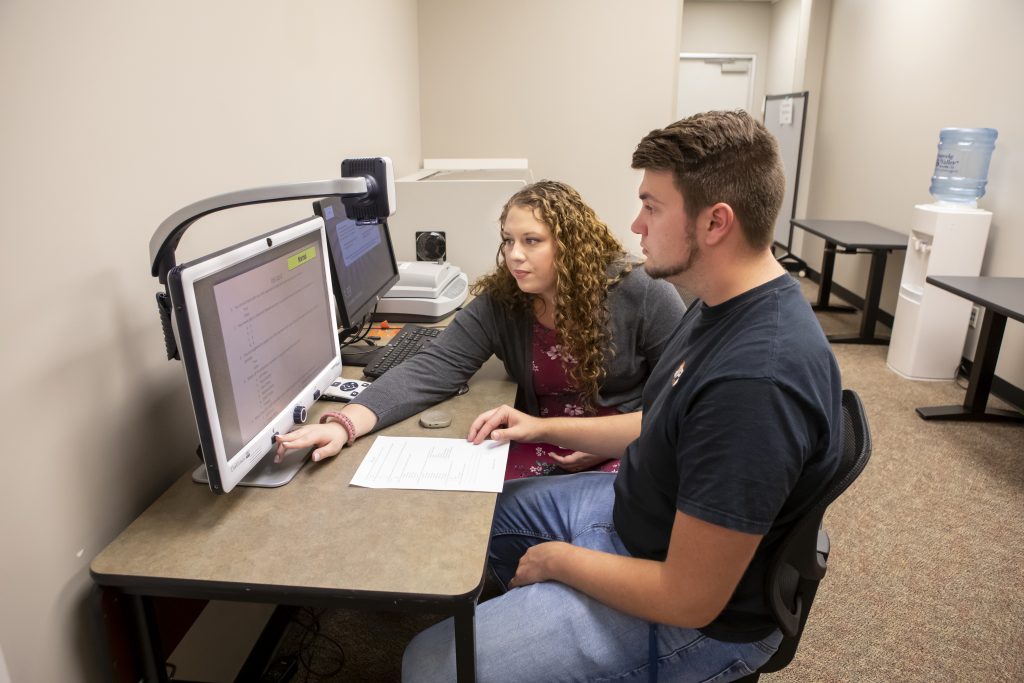What is Assistive Technology?
Assistive technology (AT) refers to “any item, piece of equipment, software program, or product system that is used to increase, maintain, or improve the functional capabilities of persons with disabilities” (Assistive Technology Industry Association, n.d., para. 2).
AT creates access and enhances the engagement, participation, and learning of OTC’s diverse student body.


